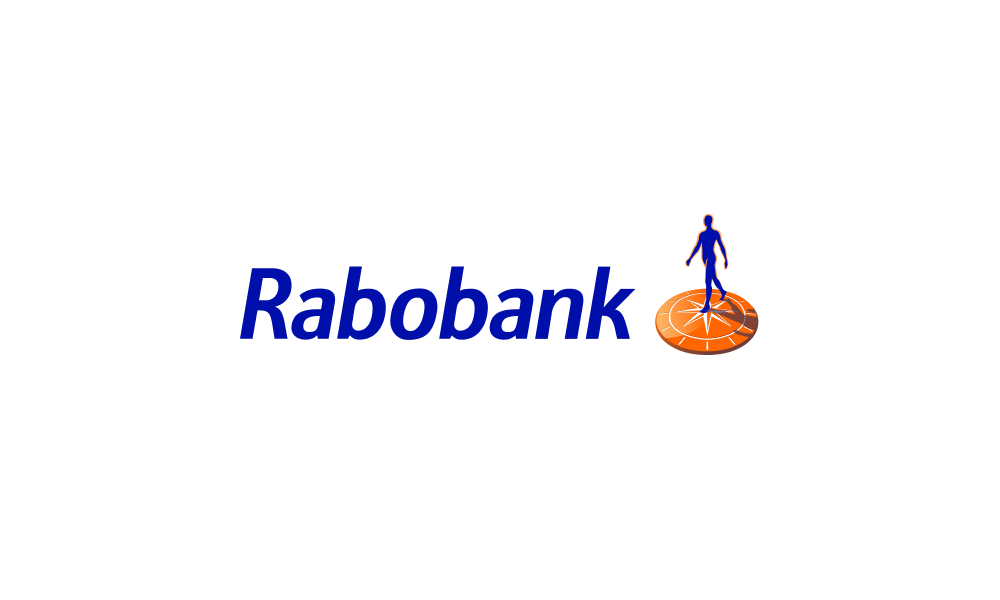The US cattle market started the year on an uptrend due to tighter supplies, resulting in higher prices for all classes of cattle. Despite concerns about demand, better overall demand supported the market. Wholesale beef demand, although down compared to last year, remained the second highest in the last 20 years. The USDA quality grade improved, with a higher percentage of steers and heifers grading as USDA Prime and Choice. Canada experienced a decline in cattle supplies, pushing prices to record highs. Meanwhile, Mexico's cattle market showed a mixed picture, with ample production but relatively subdued domestic beef demand.
US milk production saw growth in the first two months of the year, supported by an increase in the dairy herd and improved milk per cow gains. However, weekly dairy cow slaughter rates increased, potentially limiting significant herd expansion. Dairy product prices remained high, with the dairy products Consumer Price Index (CPI) well above prior-year levels. Despite some moderation in February, total dairy exports remained strong, particularly to Mexico. Global dairy product prices trended lower due to ample supply and sluggish demand.
Initial estimates for corn planting intentions suggested a 4% increase compared to last year. However, weather changes during the planting season could impact actual acreage. Corn yield estimates varied, with weather being a major factor. Corn stocks were lower compared to the same period last year, indicating robust demand and the potential for basis strengthening. Corn exports declined, but outstanding sales showed increased interest in US corn, particularly due to challenges in Brazil. Overall, corn prices will be influenced by yield and demand factors throughout the marketing year.


